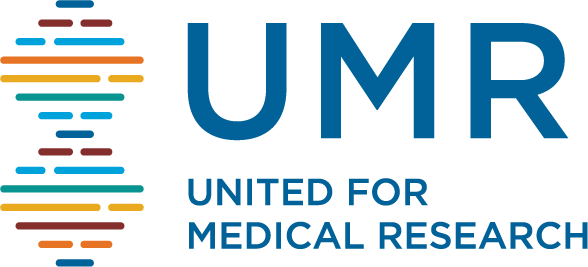Airborne and potentially deadly, the virus that causes COVID-19 can only be studied safely under high-level biosafety conditions. Scientists handling the infectious virus must wear full-body biohazard suits with pressurized respirators, and work inside laboratories with multiple containment levels and specialized ventilation systems. While necessary to protect laboratory workers, these safety precautions slow down efforts to find drugs and vaccines for COVID-19 since many scientists lack access to the required biosafety facilities.
To help remedy that, researchers at Washington University School of Medicine in St. Louis have developed a hybrid virus that will enable more scientists to enter the fight against the pandemic.
